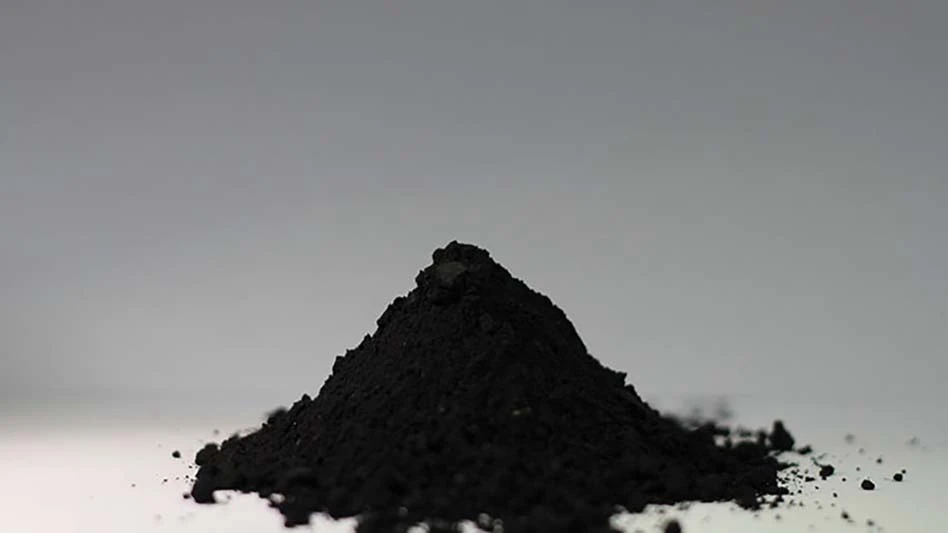
Steel Dynamics Inc., headquartered in Fort Wayne, Indiana, has announced second quarter 2017 financial results that show solid performance, according to company CEO and President Mark D. Millett. The company reported second quarter 2017 net income of $154 million, or 63 cents per diluted share, with net sales of $2.4 billion. Comparatively, prior year second quarter net income was $142 million, or 58 cents per diluted share, with net sales of $2 billion. Sequential first quarter 2017 net income was $201 million, or 82 cents per diluted share, with net sales of $2.4 billion.
“The team delivered a solid performance for the second quarter 2017 despite hesitant customer order entry and significantly higher quarter-over-quarter steel imports,” says Millett.
“Our second quarter 2017 income from operations was $265 million with a trailing 12-month adjusted EBITDA (earnings before interest, taxes,
Millett adds, “We believe the customer order hesitancy was related to anticipated scrap price changes rather than any underlying softness in demand. Additionally, customer inventory levels continued to be positioned at historically low levels. Steel demand from the automotive sector remained steady, as the construction and energy sectors continued to improve.”
He says operating income for the second quarter in the company’s metals recycling platform aligned with its performance in the first quarter, which he described as “strong,” even though shipments and spreads were somewhat lower in the second quarter.
“The fabrication group achieved another quarter of record shipments, a solid indicator that the nonresidential construction market is continuing a positive growth profile,” Millett adds.
Second quarter 2017 operating income for SDI’s steel operations decreased 22 percent, or $79 million, to $274 million sequentially, primarily related to two operational items within the flat roll operations and overall metal spread compression. During the second quarter 2017, the company further modernized one of its galvanizing lines at its Butler Flat Roll Division while also expanding the line’s annual value-added production capability by an additional 180,000 tons. The upgrade required the line to be down for three weeks in May.
Additionally, the company experienced quality issues related to the
The company’s average steel product price increased less than consumed raw material scrap costs, resulting in steel metal spread compression. The second quarter 2017 average product selling price for the company’s steel operations
Second quarter 2017 operating income attributable to the company’s flat roll products decreased 22 percent compared
The company’s steel production utilization rate was 91 percent in the second quarter 2017 compared with 95 percent in the sequential first quarter and to the estimated second quarter domestic industry utilization rate of 74 percent.
Second quarter 2017 operating income SDI’s metals recycling operations was $20 million compared to $21 million in the sequential first quarter. Higher average sales prices were offset by lower shipments, related in part to the company’s sale of certain southeastern U.S. locations at the end of the first quarter 2017, SDI says.
SDI’s fabrication operations recorded second quarter 2017 operating income of $20 million compared with sequential first quarter results of $24 million. The platform achieved a second consecutive quarter of record shipments. However, metal spread compression based on higher average steel input costs more than offset the improved volume, the company adds.
For the six months ended June 30, 2017, net income was $355 million, or $1.46 per diluted share, on net sales of $4.8 billion, compared with net income of $205 million, or 84 cents per diluted share, on net sales of $3.8 billion for the same period in 2016. Net sales in the first half of 2017 increased 26 percent. Although all platforms experienced improved revenue, the improvement was driven by higher average steel product pricing, SDI says. First half 2017 operating income increased $212 million, or 55 percent, to $600 million, based on improved earnings from the company’s steel operations. The average year-to-date selling price for the company’s steel operations increased $153 to $761 per ton. The average year-to-date ferrous scrap cost per ton melted increased $77 to $283 per ton, according to the company.
During the first half of 2017, SDI says it generated cash flow from operations of $321 million and maintained liquidity of $2.1 billion at June 30, 2017. The company also repurchased $138 million of its common stock during the first half of 2017.
“We remain optimistic that
“We continue to strengthen our financial position through strong cash flow generation and the execution of our long-term strategy. We are well-positioned for growth, and remain focused on delivering shareholder value through organic and strategic growth opportunities,” he says.
Get curated news on YOUR industry.
Enter your email to receive our newsletters.
Latest from Recycling Today
- Reworld partners with Mystic Aquarium
- BIR calls for fair standards, circular solutions in defining ‘green steel’
- LME reports active Q2
- Liberty Steel assets facing financing deadlines
- Sims is part of Australian recycling loop
- Tariffs target steel exporters Brazil, Canada and South Korea
- Buy Scrap Software to showcase its software at Scrap Expo in September
- LG details recycling activities






